

Are there any rules?
Some people will tell you that for any rule you will have exception and they are probably right. But let see what years of photography can bring us. So let's consider the following elements as suggestions or guidelines.
It seems that we have some strong focus point. These are areas where the brain will put more attention.
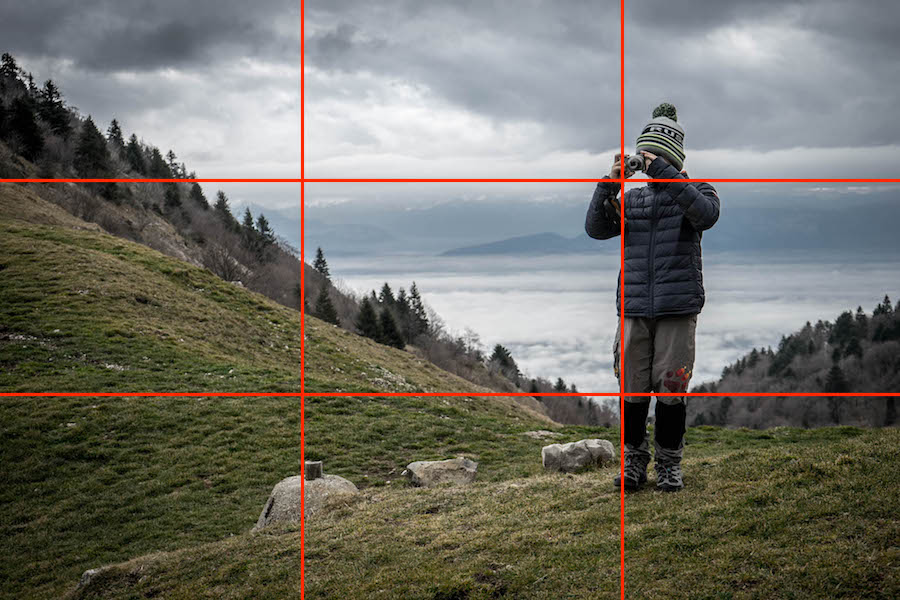
For example, avoid the horizon in the middle. Unless there is a very good reason for that.
Fibonacci was an Italian mathematician in the late 11th and early 12th Century, credited with bringing the Arabic numeral system to Europe and introducing the use of the number zero and the decimal place. The sequence is the base for the representation of a spiral that is built by interconnecting squares and rectangles of equal proportion
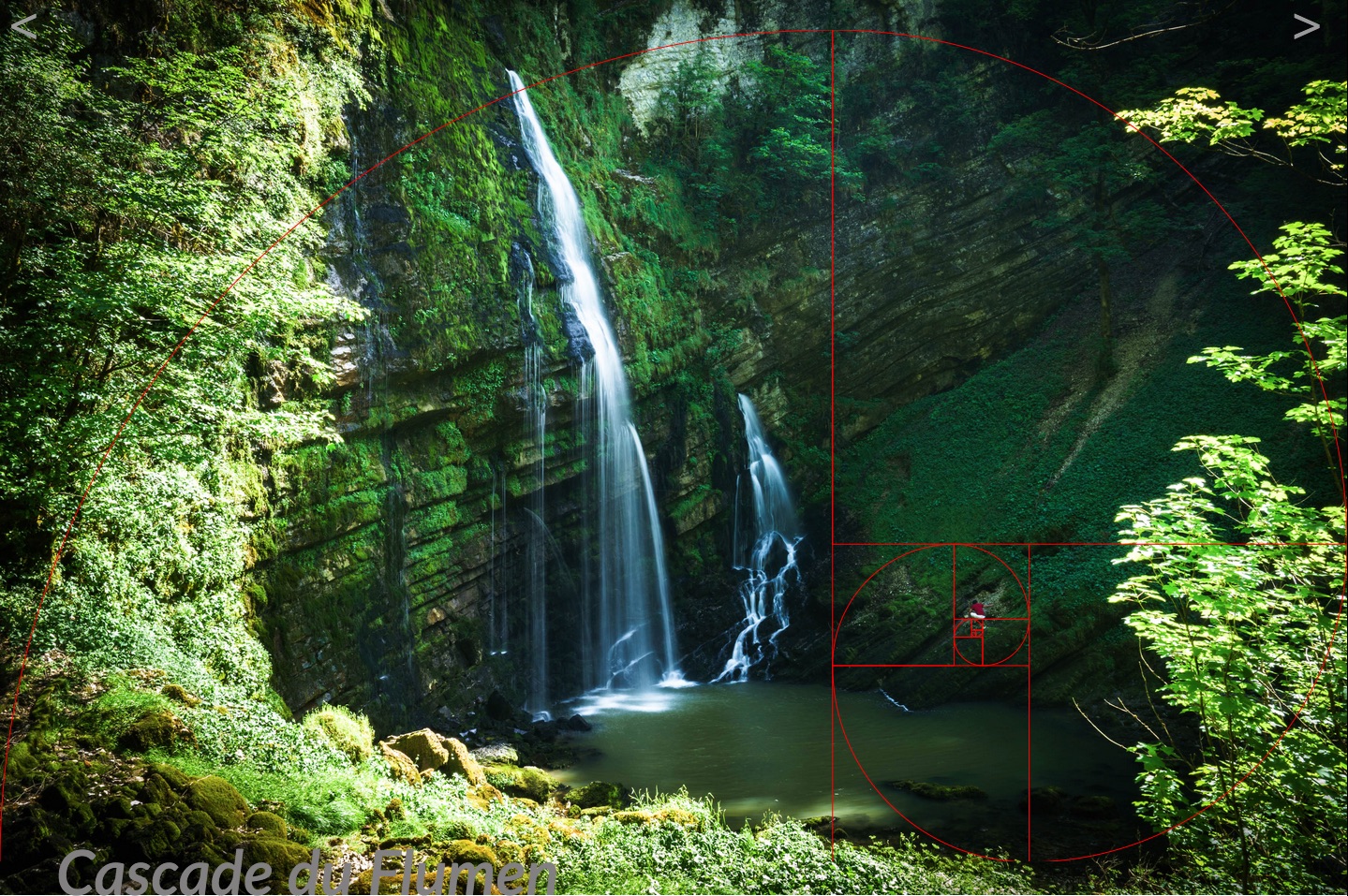
Note that it gives a flow in the images. Great renaissance artists used this ratio in their most famous paintings.
Leading lines can be great because they will lead the eyes to a point of interets.
The line can be defined by Light or by a physical objects
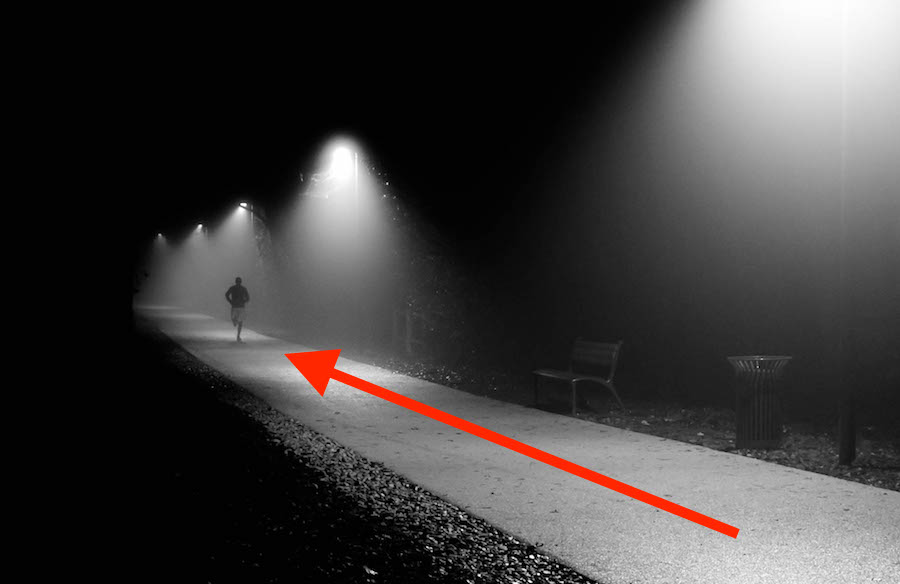
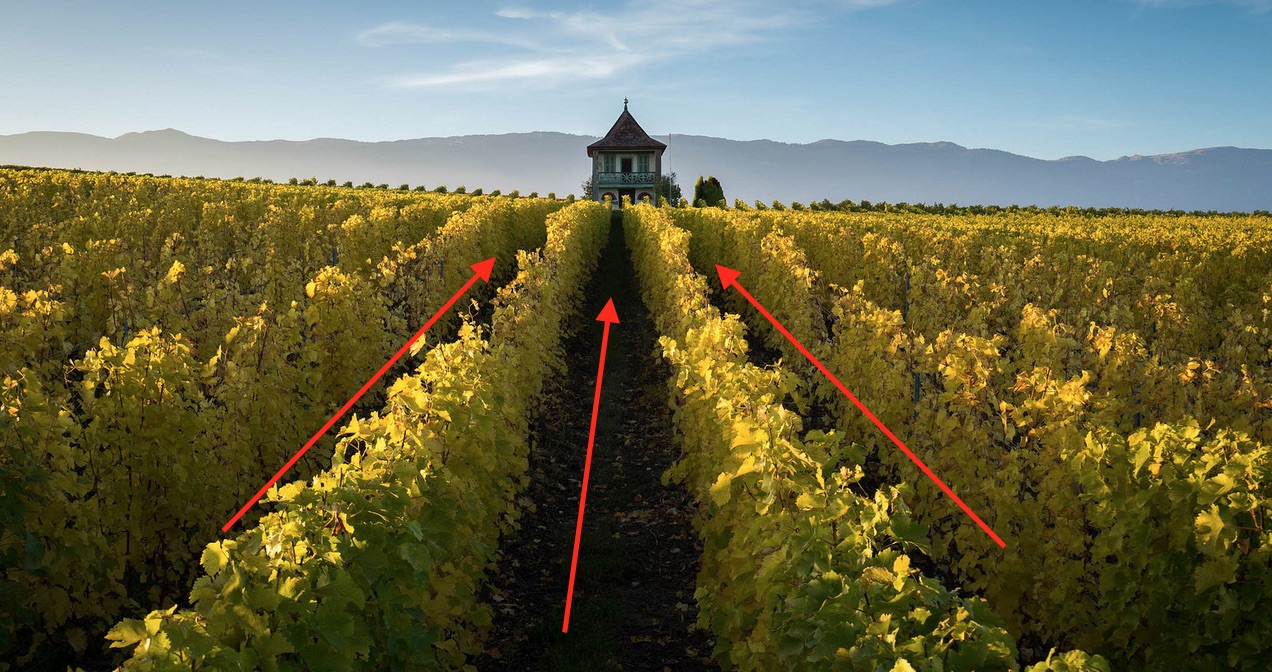
In some cases, having an interesting background can bring focus on the object of the photography.

Specially when you are taking landscapes, the scale is not always obvious. is the waterfall huge or very small? So the easiest way is to add a person or a known object in the frame. This will provide life and a reference to the rest of the picture.

Symetry can be a nice effect as well. Specially in buildings or constructions
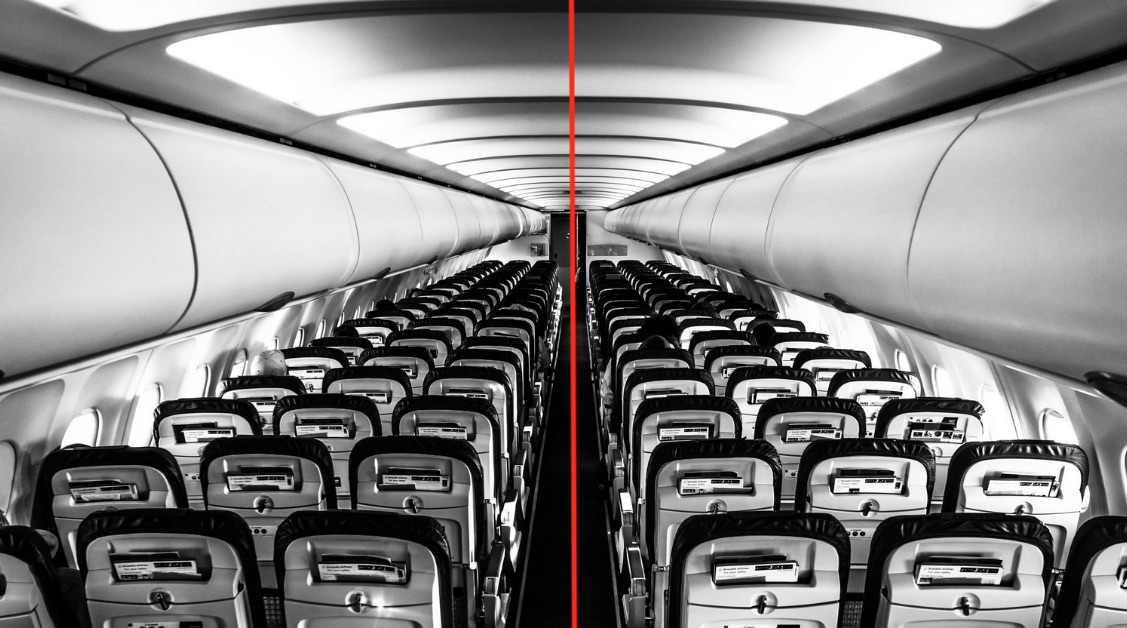
The idea is to have a frame in the picture. That frame can be provided by a window, a dor or other elements. The presence of the frame will provide the viewer the impression to look through that frame and be closer to the subjects.
shooting at eye level is interesting but sometimes shooting very low or very high can give fantastic effects. you should try it.

Natural mirrors or real mirrors can provide great ideas for original compositions

For some pshicological reason, the odd number of elements provide a balance in the picture. So 3, 5, 7 etc

There are no rules....
but you might try some of these tips
Some people will tell you that for any rule you will have exception and they are probably right. But let see what years of photography can bring us. So let's consider the following elements as suggestions or guidelines.
Rule 1: Rule of Third
It seems that we have some strong focus point. These are areas where the brain will put more attention.

For example, avoid the horizon in the middle. Unless there is a very good reason for that.
Rule 2: the Golden ratio
Fibonacci was an Italian mathematician in the late 11th and early 12th Century, credited with bringing the Arabic numeral system to Europe and introducing the use of the number zero and the decimal place. The sequence is the base for the representation of a spiral that is built by interconnecting squares and rectangles of equal proportion

Note that it gives a flow in the images. Great renaissance artists used this ratio in their most famous paintings.
Rule 3: Follow the line
Leading lines can be great because they will lead the eyes to a point of interets.
The line can be defined by Light or by a physical objects


Rule 4: Interesting background
In some cases, having an interesting background can bring focus on the object of the photography.

Rule 5: Reference
Specially when you are taking landscapes, the scale is not always obvious. is the waterfall huge or very small? So the easiest way is to add a person or a known object in the frame. This will provide life and a reference to the rest of the picture.

Rule 6: Symetry
Symetry can be a nice effect as well. Specially in buildings or constructions

Rule 7: Framing
The idea is to have a frame in the picture. That frame can be provided by a window, a dor or other elements. The presence of the frame will provide the viewer the impression to look through that frame and be closer to the subjects.
Rule 7: Low or High
shooting at eye level is interesting but sometimes shooting very low or very high can give fantastic effects. you should try it.

Rule 8: Mirrors
Natural mirrors or real mirrors can provide great ideas for original compositions

Rule 9: Odd number
For some pshicological reason, the odd number of elements provide a balance in the picture. So 3, 5, 7 etc

Conclusion
There are no rules....
but you might try some of these tips
